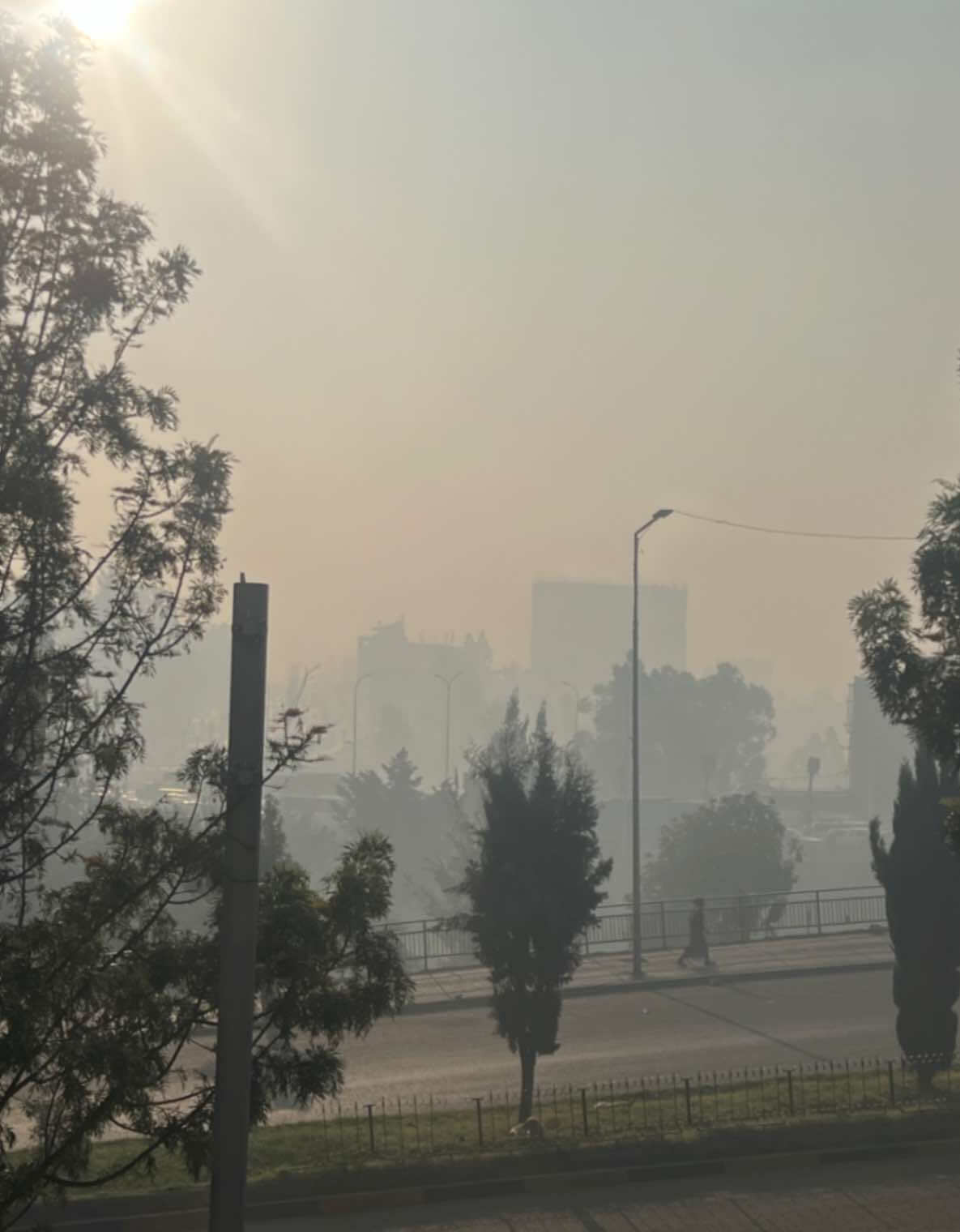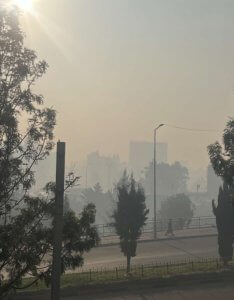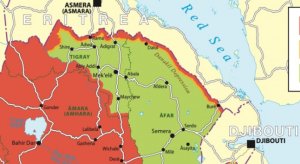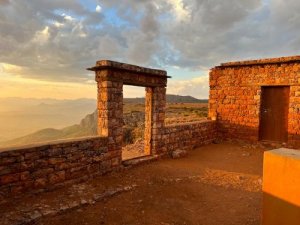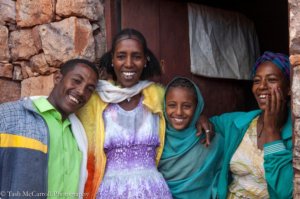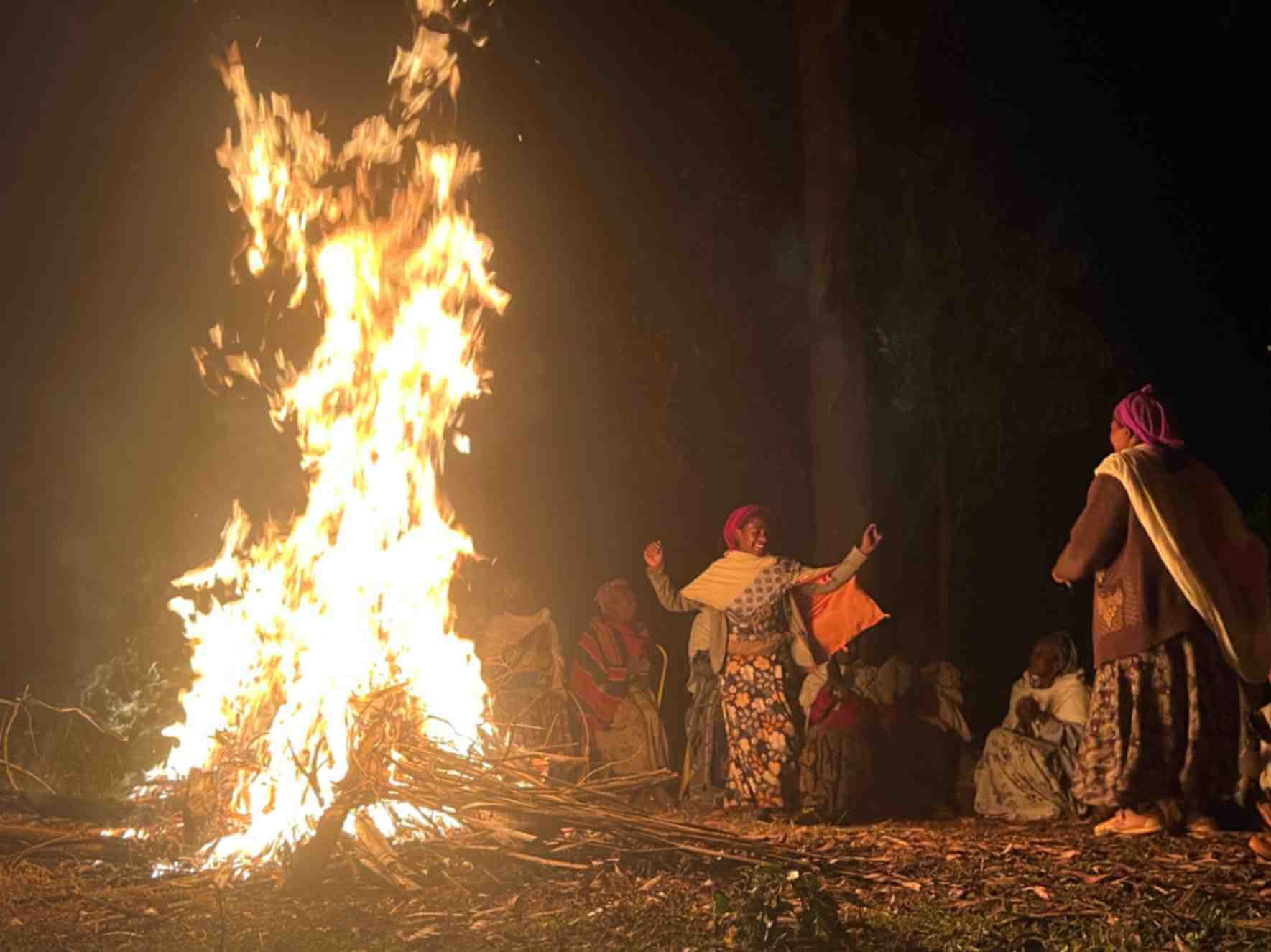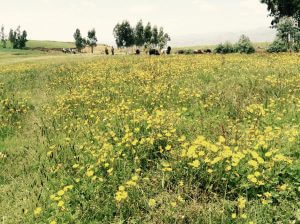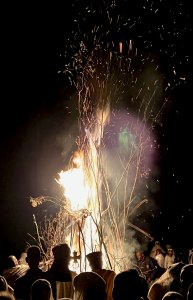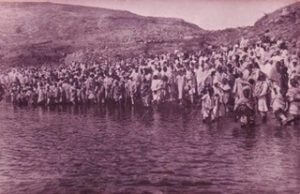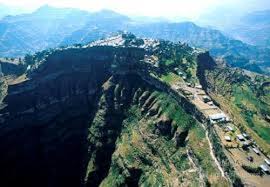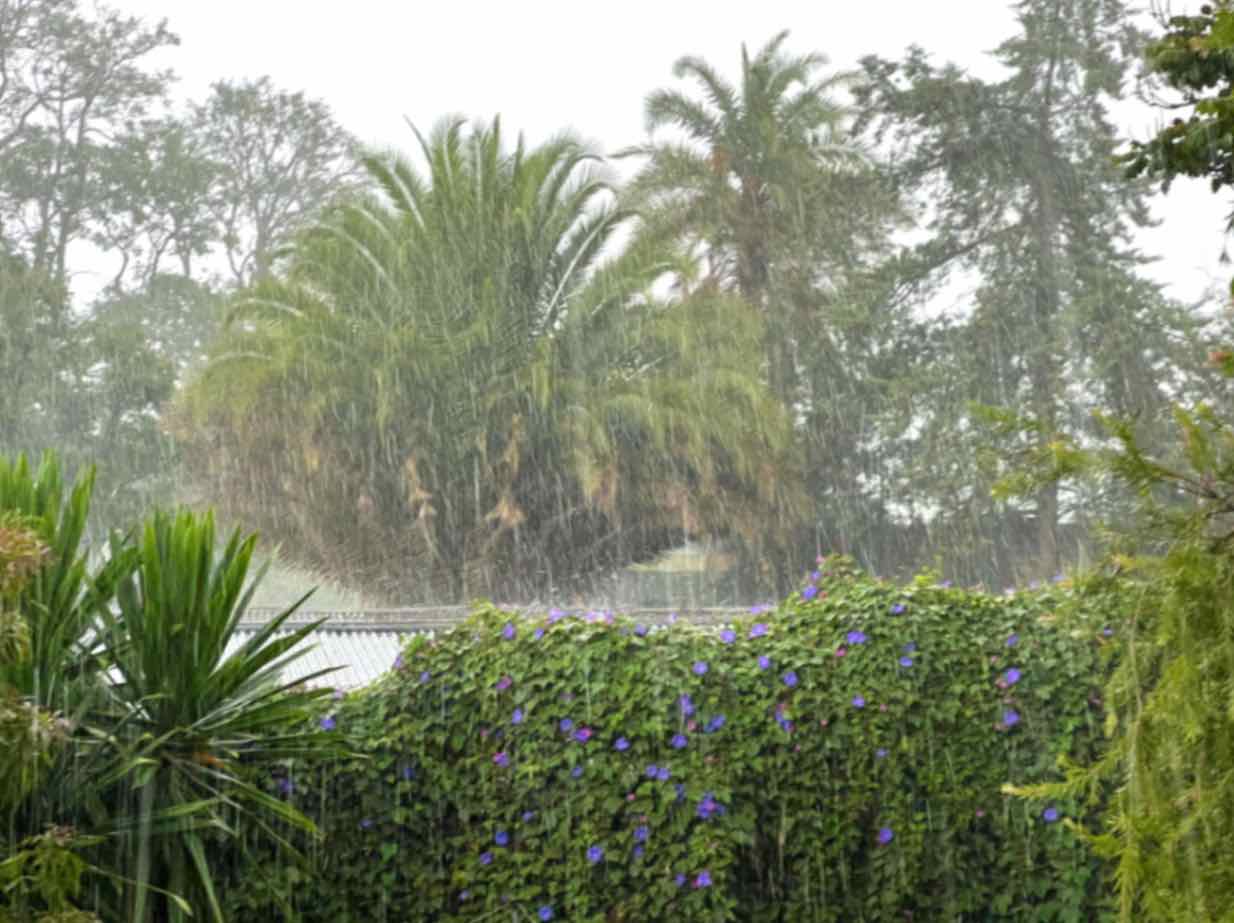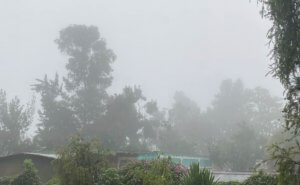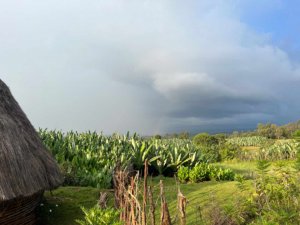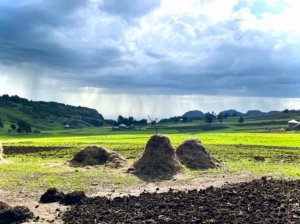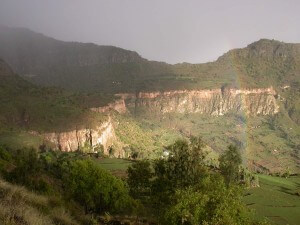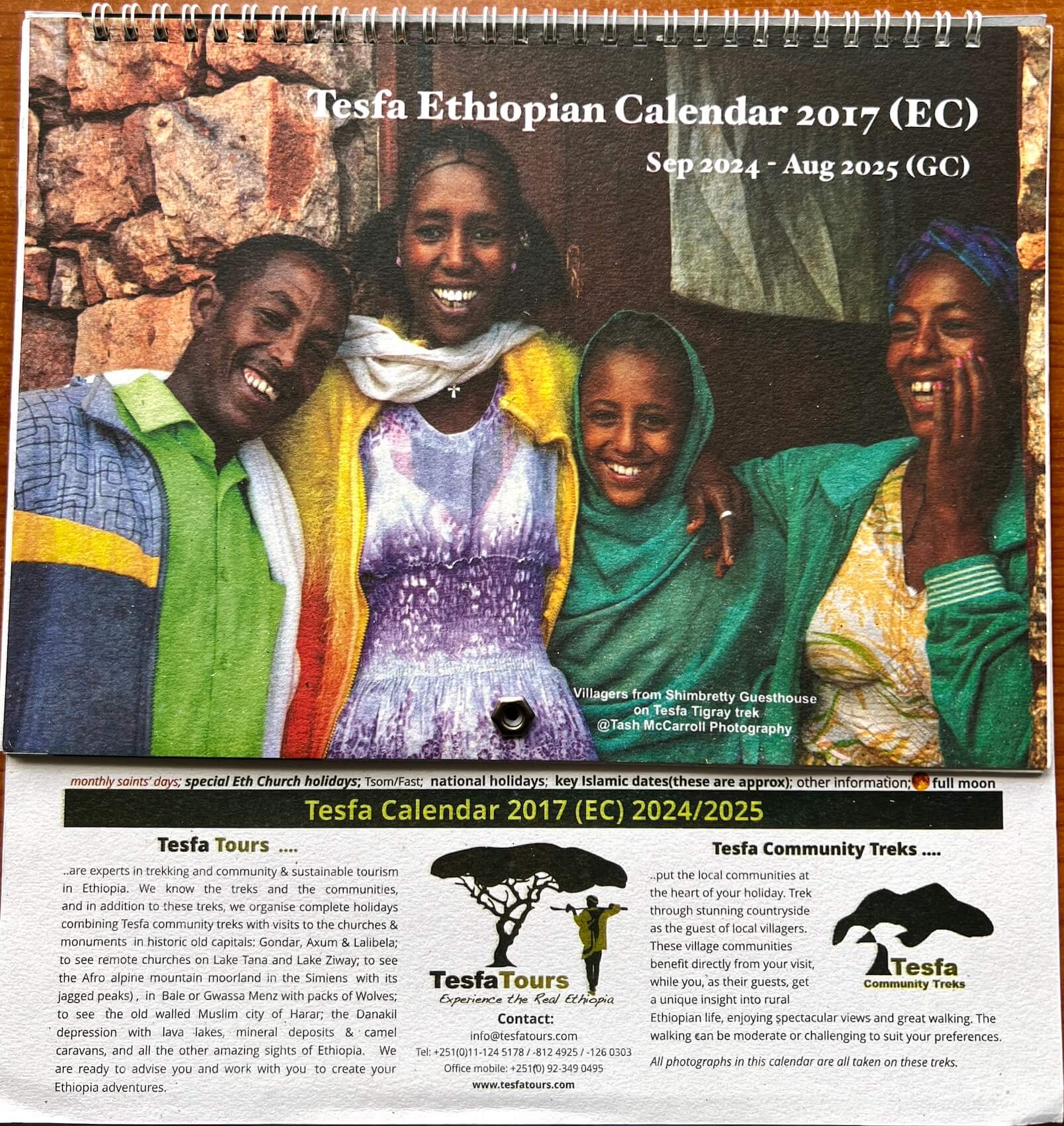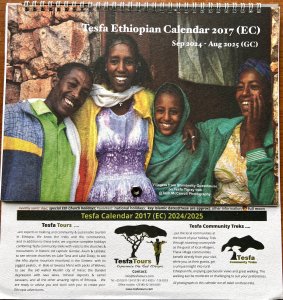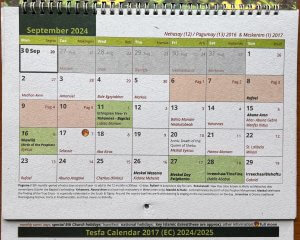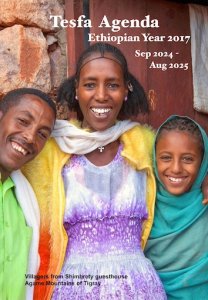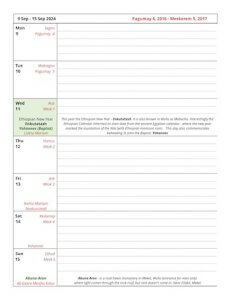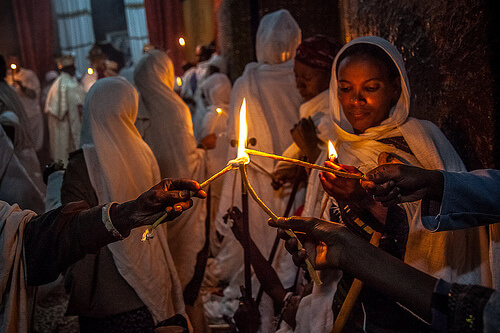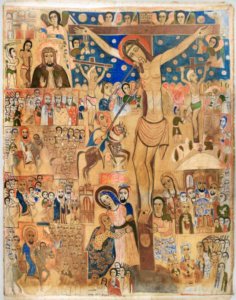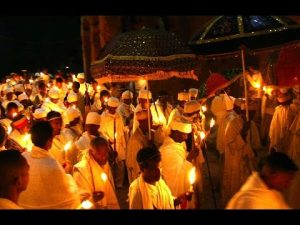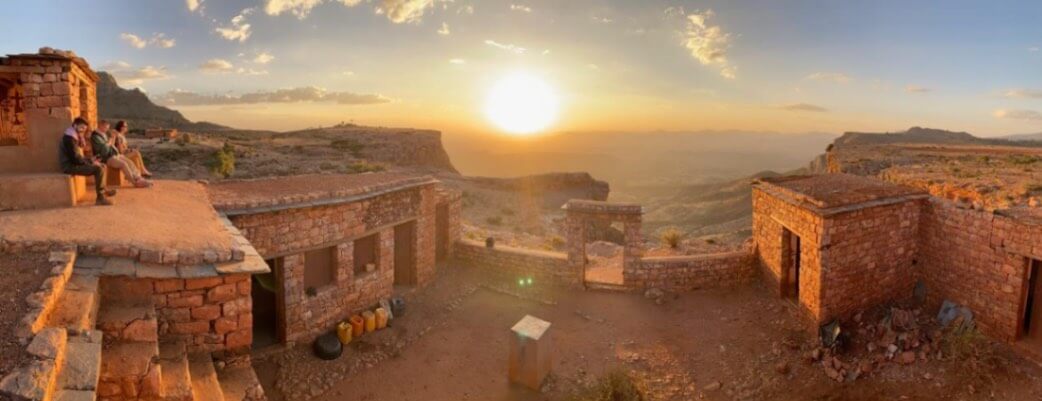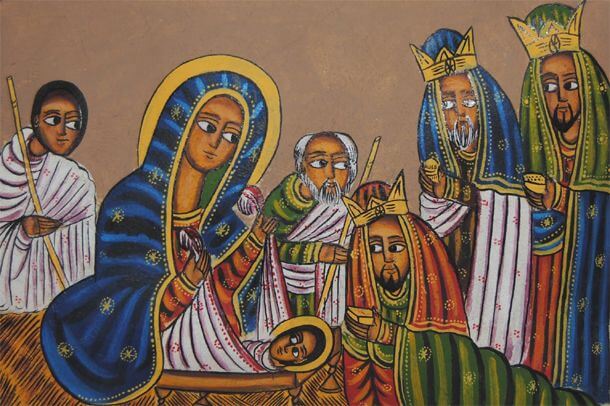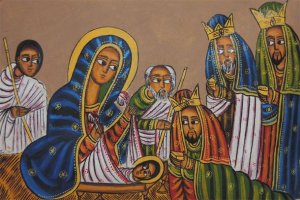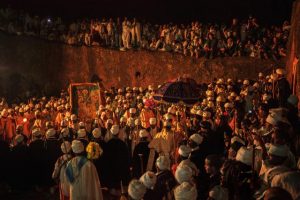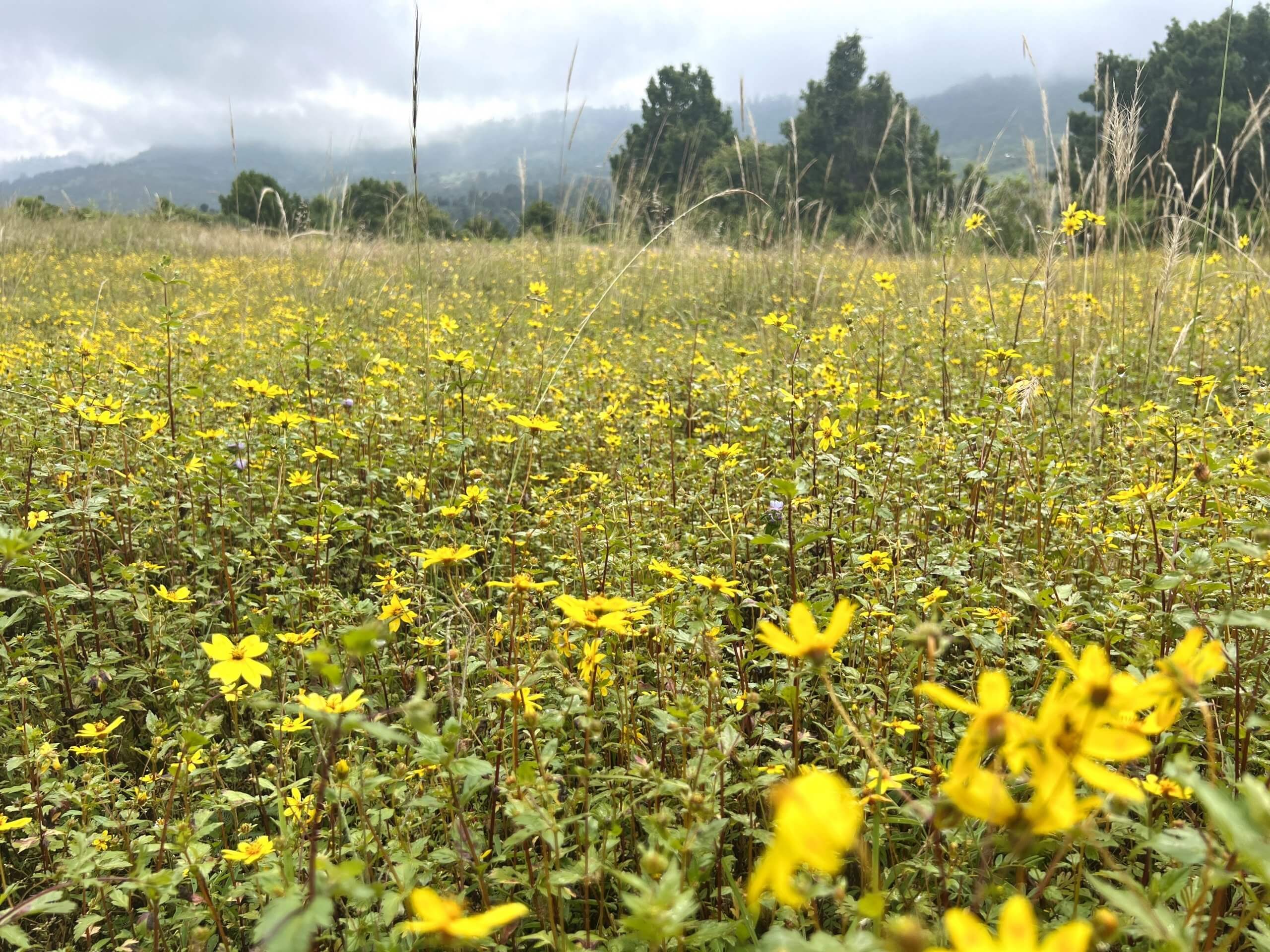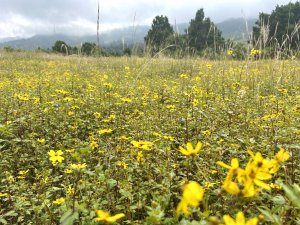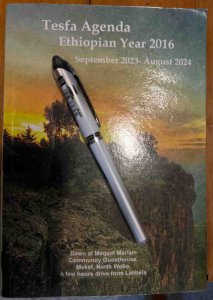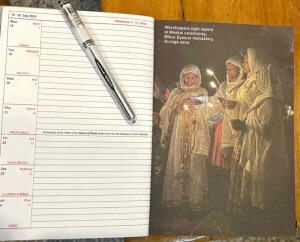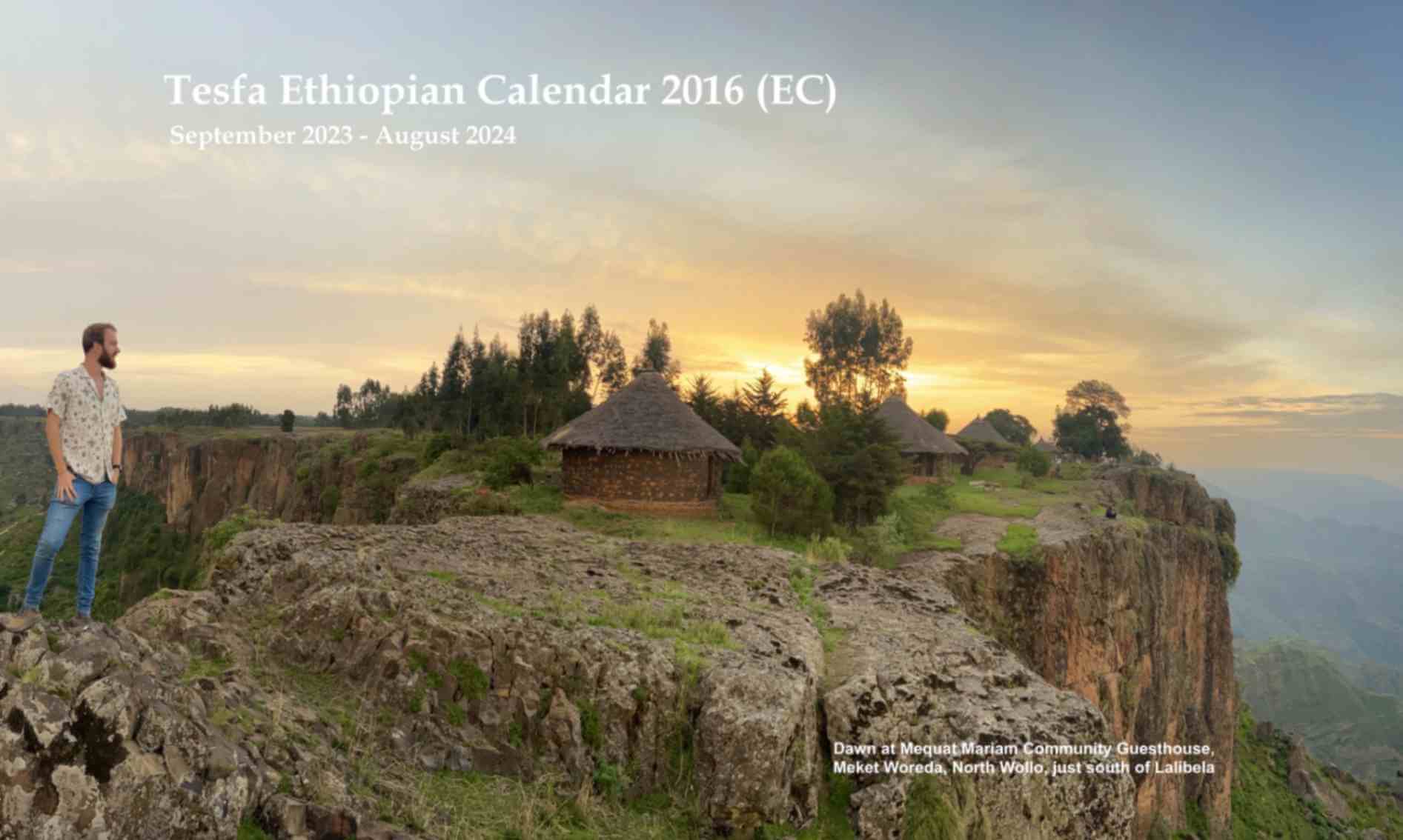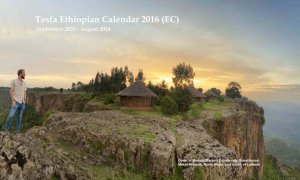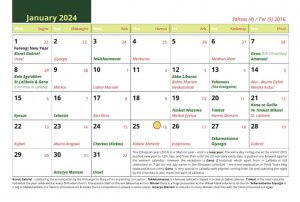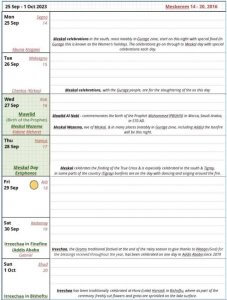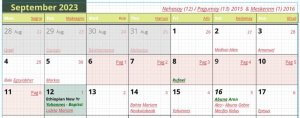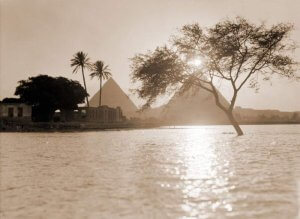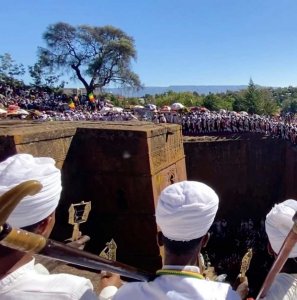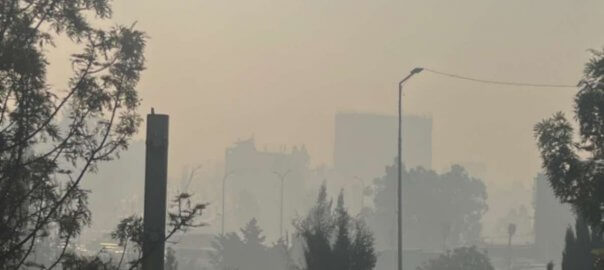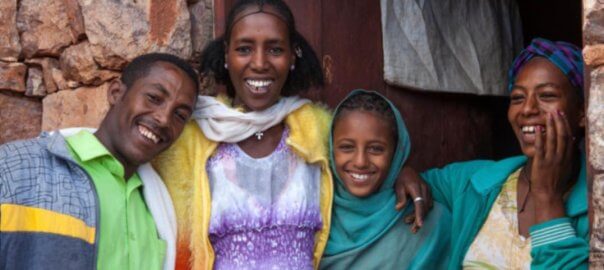
Berhe with his children – Feb23
Over a year ago I went back up to Tigray after the peace accords had been signed and flight services resumed. I met with my good friend Berhe and visited his family. We trekked to all the guesthouses and met with communities. (More details of this can be found here:- Blog- A new-dawn-for-tigrays-tourism.)
Berhe has been the key person holding the community tourism together for many years, and I have trekked with him across the Agame mountains many times. He is always positive, thoughtful and forward looking. But when we met 14 months ago – for the first time since conflict had erupted in the north in Nov 2020, he was a different person.
Berhe has written this email for me and to share with our supporters :-
.. After I finished my university degree I worked for Tigray culture and Tourism Agency for almost one year. Then I moved to an NGO called Adigrat Diocese Catholic Secretariat working as tourism expert and helped to develop eight community based tourism cooperatives. When the NGO I used to work for [TESFA CBT] phased out, I started tour guiding for Mulualem and Birhan Guiding and Travel Agent Partnership [this was the guiding organisation for the community tourism] until Covid and then the war in Tigray.
Before the war I used to had a stable life. I used to cover all my expenses, even I was able to send my kids to private school and save a little bit of money. Then Covid came, followed by the devastating war happened and things changed dramatically. I don’t want to talk a lot about the war. I want to leave bad things behind me and look forward. But to mention one thing, I lost any hope and I was not sure what tomorrow could bring.
The Pretoria peace agreement was signed after two years of bloody war. Then immediately you [Mark] came to visit us (I wantto thank you Mark for believing in us and you showed up even against all the odds. I know people were telling you not to come over here thinking it is not safe).
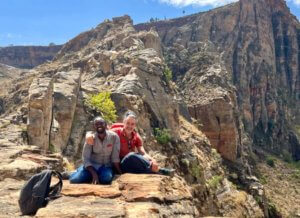
Berhe & Mark in Agame Mnts
It was then I start to thing life could be easier again. If you remember when we were crossing the villages, people were saying in Tigrigna “Degim Wegihu”,which means “it’s dawn now”. Those people were right the dawn has come. Since Tesfa Tours start to send tourists again my perception has changed. I start to see hope again. I start to believe my children will eat and go to school again. And that’s what it’s happening right now; though it is not enough but I start to make some money again.
Thank you Mark, and thank you Tesfa Tours for giving me hope and for trying to give my previous life back again.
Best Regards
Berhe
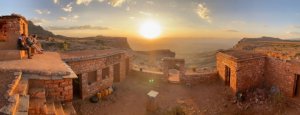
Shimbrety Guesthouse curtesy of Pierre
As Berhe says, he had lost hope! Our discussion for the first days 14 months ago was on how he could leave the country – he was even ready to risk it all with the terrible desert crossing to Libya via Sudan, and then the massive risk crossing the Mediterranean. Of course it was completely understandable. When hope is gone, you are prepared to take risks to find a chance – a glimmer of hope. Thankfully for now, we have been able to provide that. Somehow we showed that the dawn had broken and a new day was slowly and painfully emerging, and with it that hope.
I want to reach out to our supporters and friends. For those who have trekked in Tigray in the last 12 months, or directed friends and family to trek there, I want to say a huge thank you. Without your support we could not have give the hope Berhe refer to. In fact it is you giving the hope by visiting there. For others who have not had the chance to get back to Ethiopia or get up to Tigray I really urge you to try in the coming months. We need to keep this resurgence going.
And I can assure you you everyone visiting Tigray is having a wonderful trip :-
Hi Mark …..sorry for the late mail but after the fabulous week end in the Tigray, the week was very intense…..!!! Thanks for all because it was amazing …..everything was perfect and we enjoy a lot…..for the site, a selection of photos to prove that it was incredible……!!!! Pierre, Feb 2024
Hi. We had a wonderful time. I can’t state enough how beautiful it all was and my son was crying to leave Berhe [who was their guide]. Farzad, April 2024
So while on the one hand you bring hope to a people who have been through too much, on the other hand you will experience a wonderful stay in Tigray as a guest of the local farmers and with our guides (Berhe and his friends) acting as translators in language, culture and so much more, to give you a truly memorable and heart lifting time.
And for those worried about the rain we are experiencing in Addis, Tigray is much drier. We continue to run treks there during the rainy season as rain is more sporadic with blue skies most mornings and the soil is sandy. I myself enjoy being in Tigray during that time – in addition there are special festivals in August and the beles fruit (the prickly pear) is ripe!

